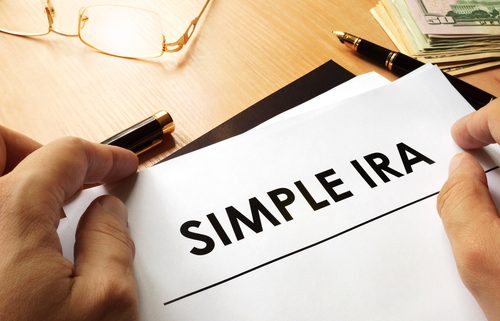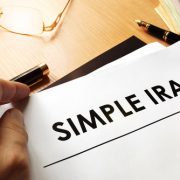Self-Directed SIMPLE IRA FAQ: What You Need to Know
The Savings Incentive Match Plan for Employees, also known as the Self-Directed SIMPLE IRA, might have the name “simple.” But when investors start reading about it, it is easy for their eyes to roll. “SIMPLE? How simple is this, really? It sounds complicated!” The good news is that a Self-Directed SIMPLE IRA plan does not have to be. To that end, we have put together some of the most frequently asked questions about SIMPLE IRAs, as well as the answers that may help you…simplify things.
Question: Who gets to establish a Self-Directed SIMPLE IRA?
Answer: According to the IRS, “Any employer (including self-employed individuals, tax-exempt organizations and governmental entities) that had no more than 100 employees with $5,000 or more in compensation during the preceding calendar year (the “100-employee limitation”) can establish a SIMPLE IRA plan.” In other words, if you are an employer or self-employed—provided you do not have too many employees—a Self-Directed SIMPLE IRA might be in the cards for you. The 100-employee limitation does ensure that the SIMPLE IRA is something for smaller businesses. If you have a larger business, it is likely you will have to seek another type of retirement incentive plan for your business.
Question: How does a Self-Directed SIMPLE IRA plan work in actuality?
Answer: Let us say you own a business and decided to create a retirement incentive plan for your employees. Maybe you have 25 employees and wanted to create that matching to help attract additional employees who can add some serious talent to your company. You could then use a SIMPLE IRA plan to match contributions from employees to up to 3% of each employee’s compensation. But you would not have to make contributions if the employee does not contribute to that SIMPLE IRA.
In other words, you are giving employees the option of contributing if they want. And you know that there is a cap on how much specifically you would be on the hook for, which in turn helps you to create a budget that makes sense for a small business.
Question: What happens if I go over 100 employees?
Answer: There is a little bit of wiggle room here. The IRS says, “If you previously maintained a Self-Directed SIMPLE IRA plan, you satisfy the 100-employee limitation for the 2 calendar years immediately following the calendar year for which you last satisfied the 100-employee limitation.” This gives you some time to consult with tax professionals and think about what you are going to do with the next steps. It is important to remember that whenever you take things into your own hands like this, you are going to want experienced tax professionals on your side.
Question: What sorts of responsibilities does the employer have?
Answer: By creating a Self-Directed SIMPLE IRA, you do take on some responsibilities, such as keeping employees in the loop as to this account and what it means for them. One thing you have to do, for example, is provide all of your eligible employees with basic information: the SIMPLE IRA plan, the SIMPLE IRA account where the deposits for the employer contribution go, etc. If you have a company that already has an accounting team, you will likely end up consulting with them as you go about creating a SIMPLE IRA. However, it is also possible to reach out to a Self-Directed IRA administration firm for more information about the paperwork involved.
Do you want to establish a SIMPLE IRA? It can be simpler than it sounds! Just make sure that you know the requirements involved, and you can soon be on your way to creating an employee incentive match plan that changes the way your company works.
Interested in learning more about Self-Directed IRAs? Contact American IRA, LLC at 866-7500-IRA (472) for a free consultation. Download our free guides or visit us online at www.AmericanIRA.com.











